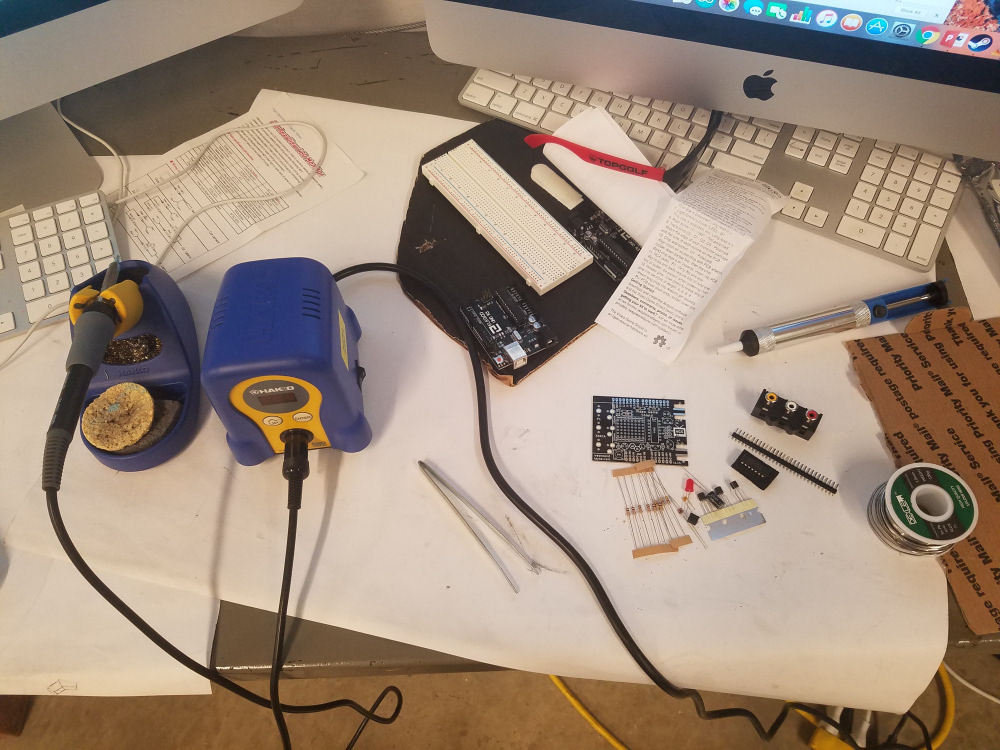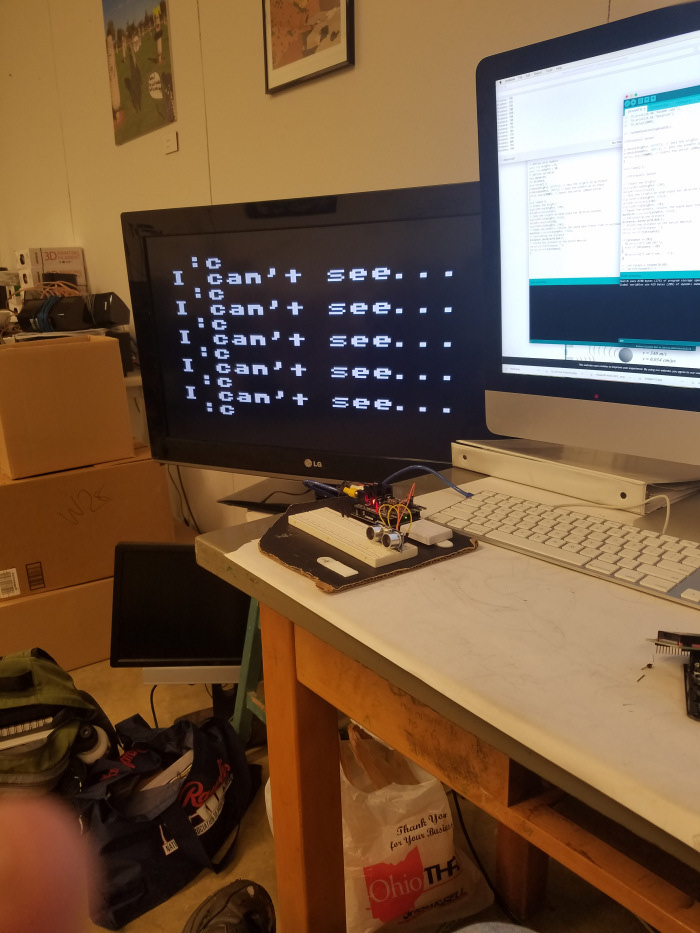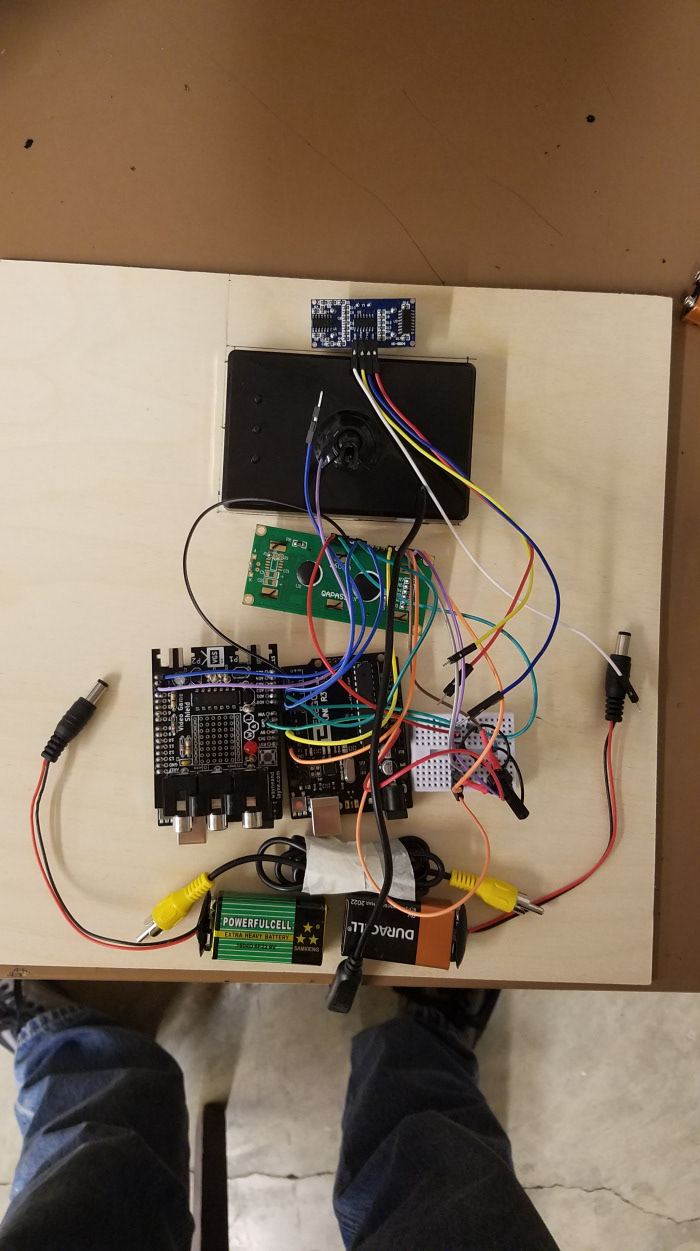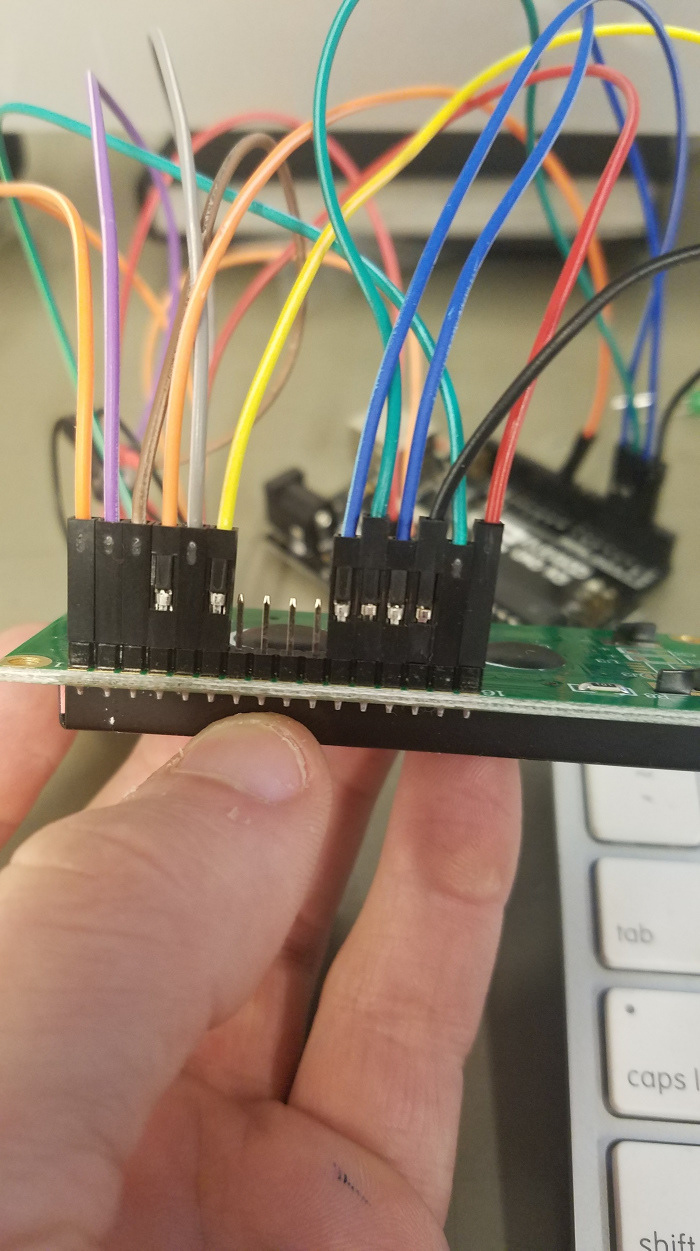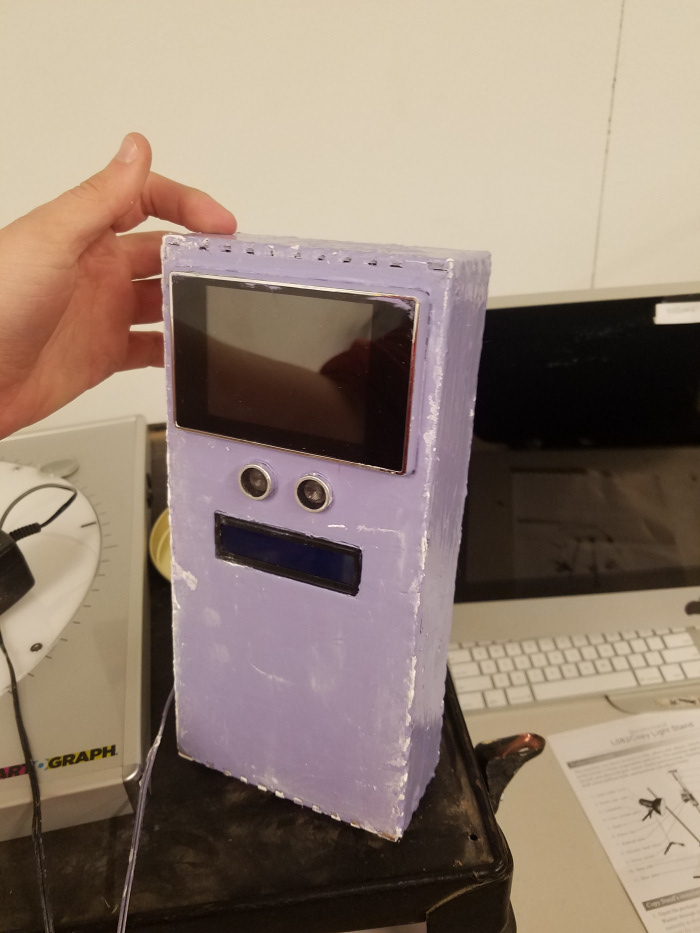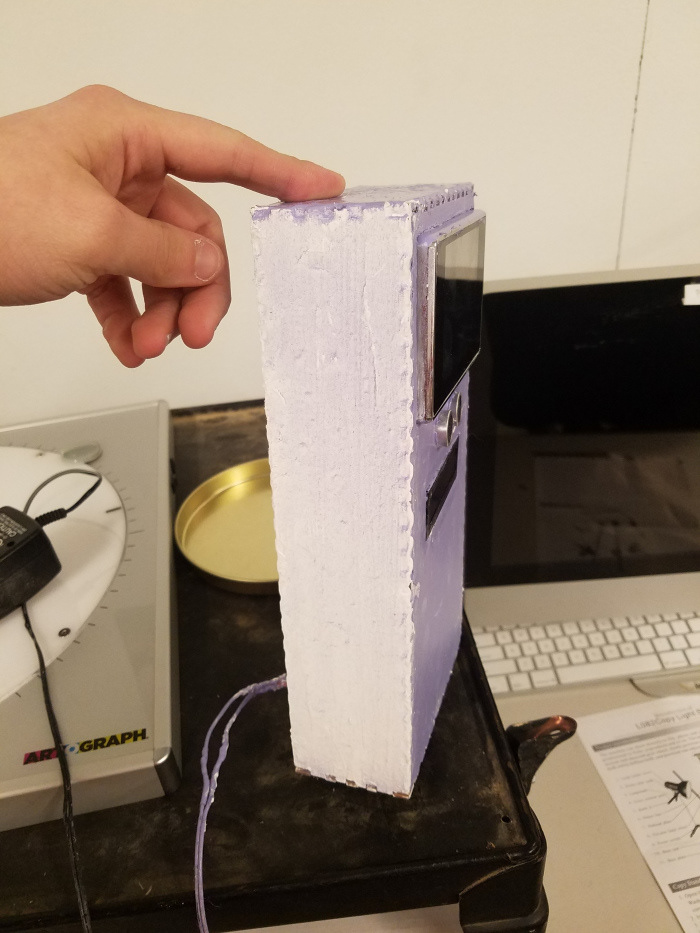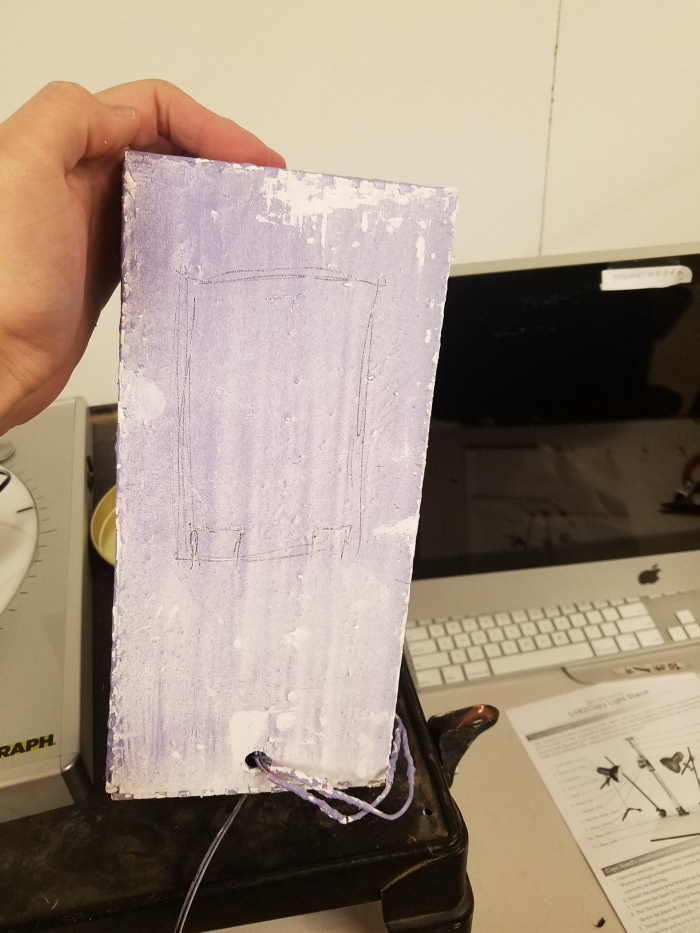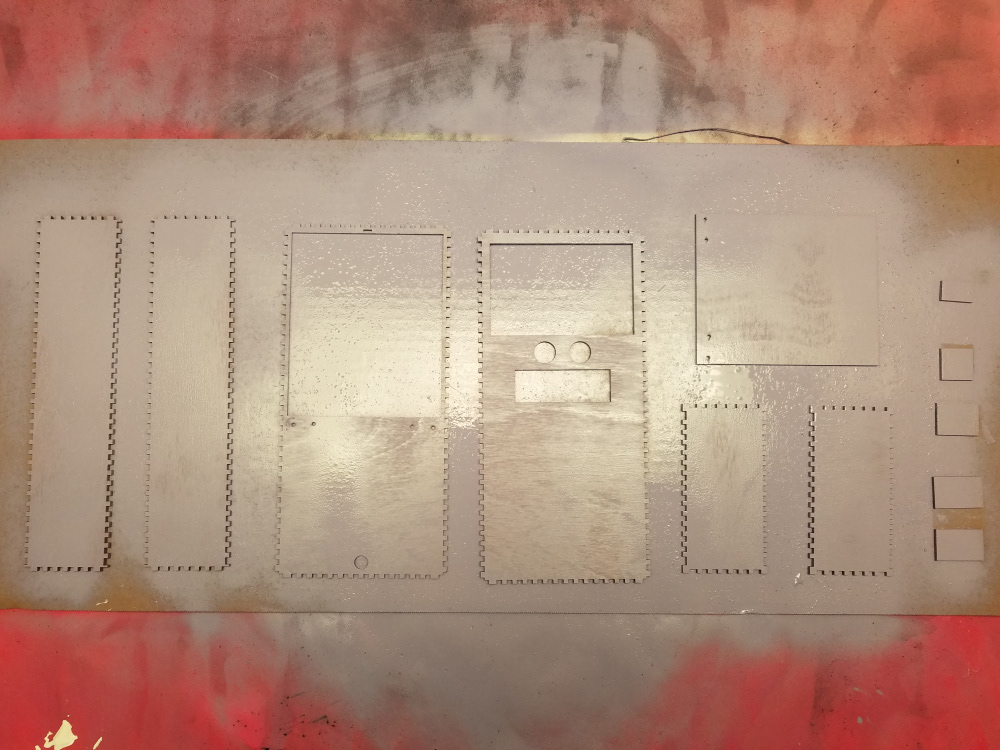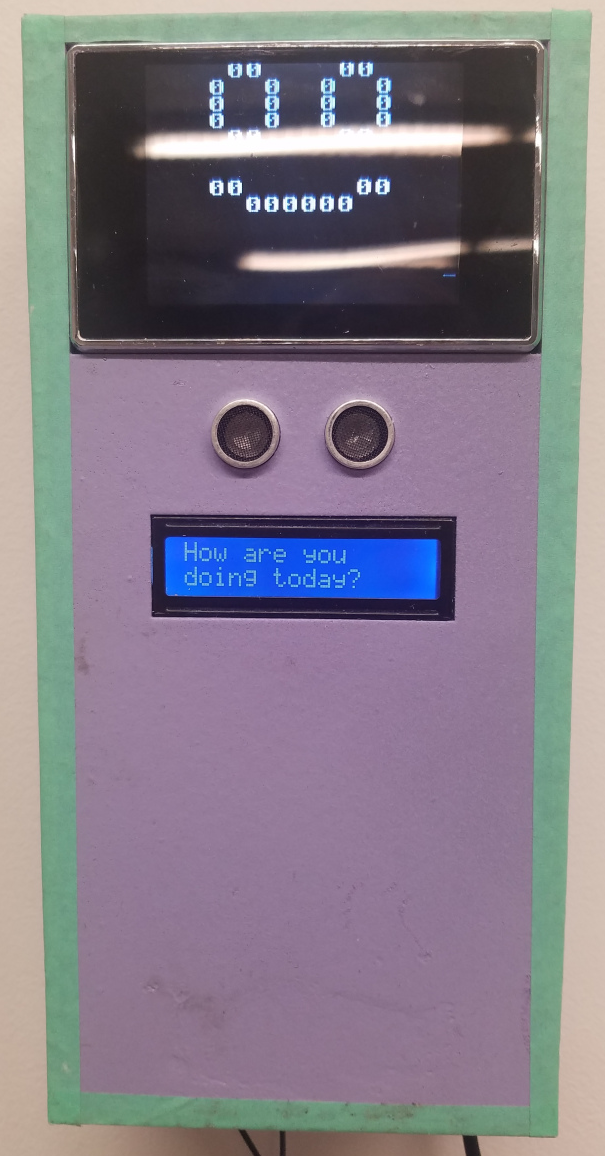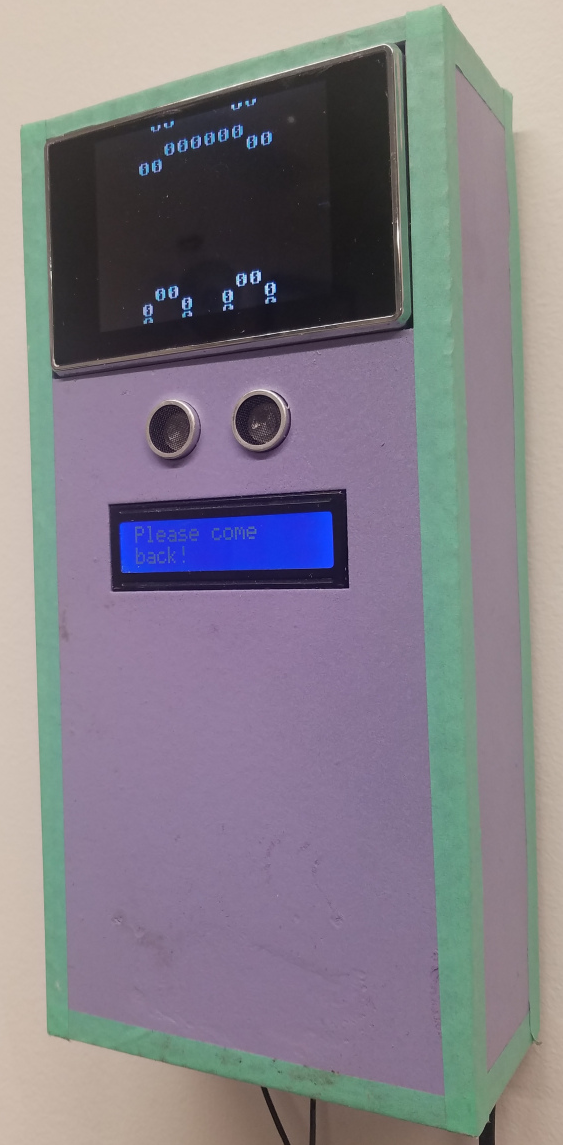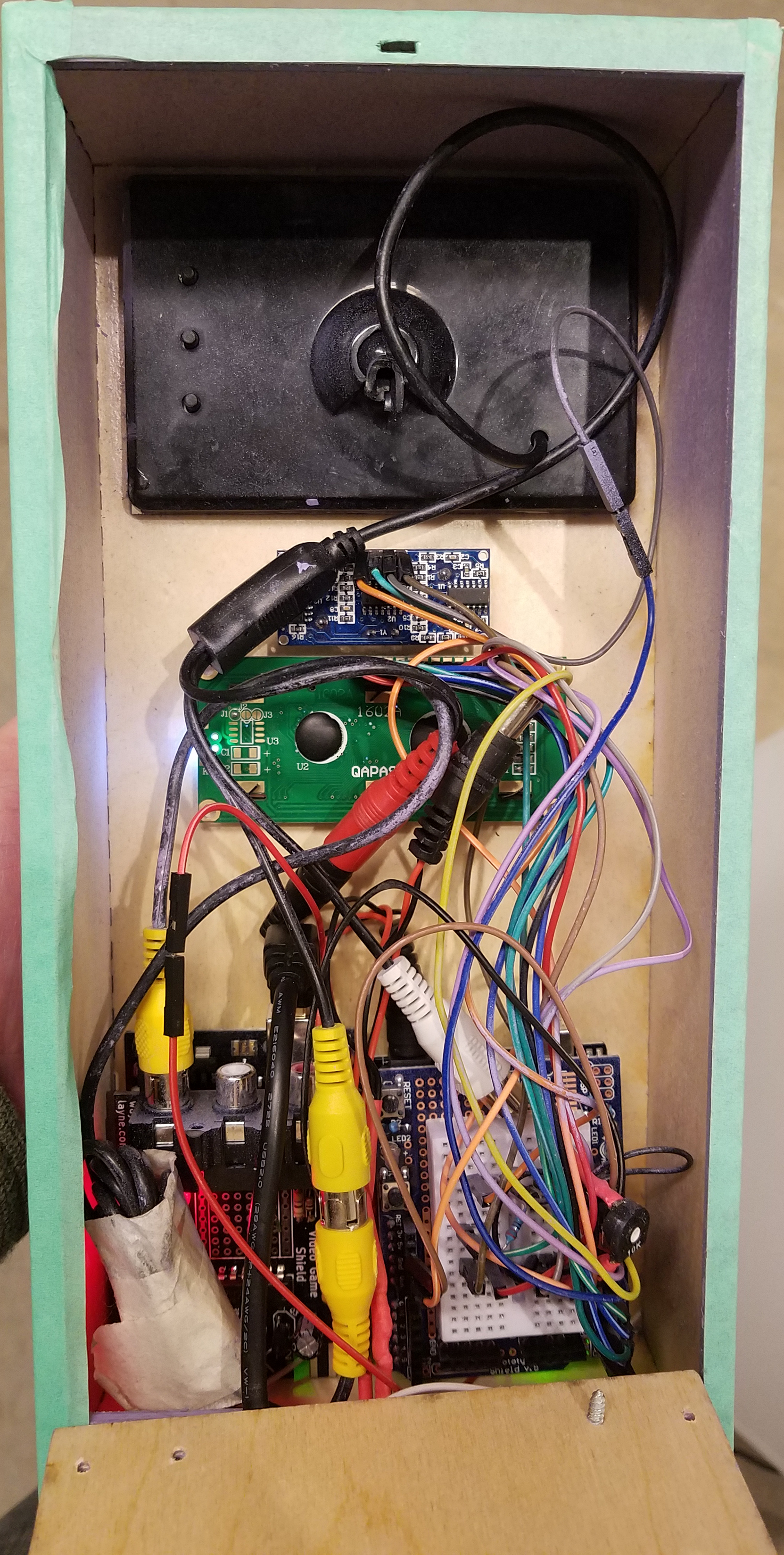Original Idea
My original idea (09/13/2018 – and the one that I’ve stuck to up to now) was to create a robot that shows the switch in emotion that we experience as humans. This is through a rather simple, yet effective, system of turning from happy to sad and running toward what makes it happy.
Draft Sketch
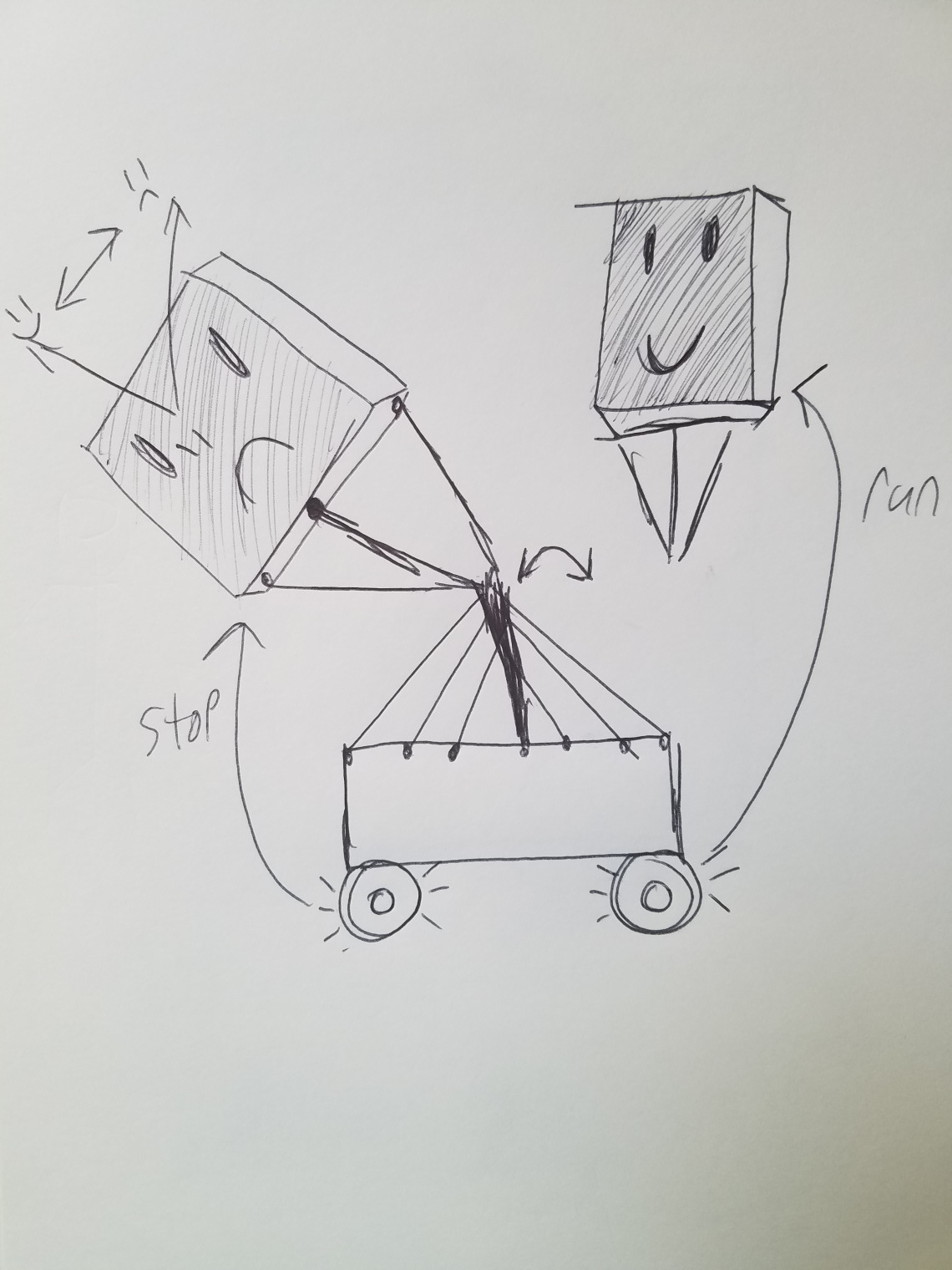
Rough Draft To-Scale Model
In its entirety, the bot will be roughly 8.5in x 8.7in x 6.95in. I want the design of the robot to be reminiscent of somewhat nostalgic handheld game consoles, such as the Gameboy and Neo Geo Pocket.
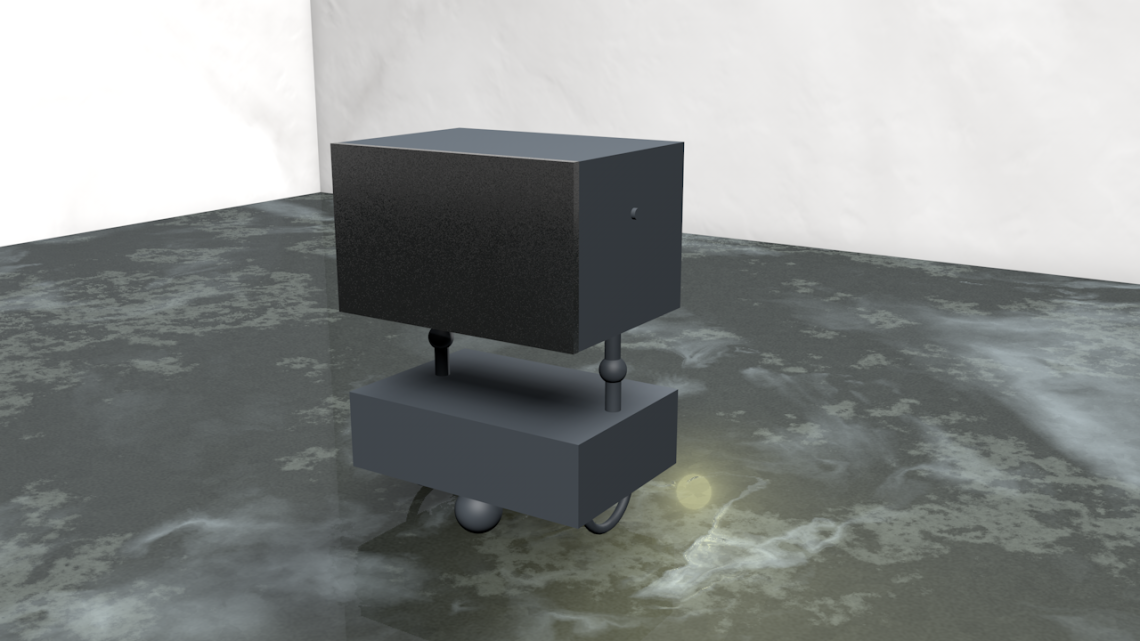
Textured To-Scale Model
As I worked more on the model, I decided that I wanted the bot to be covered in a light baby blue, almost plush-like fabric. This is to relate back to the issue I believe the bot itself covers – how humans relate with others. This is often coming out of us even as young children, which the blue color represents.
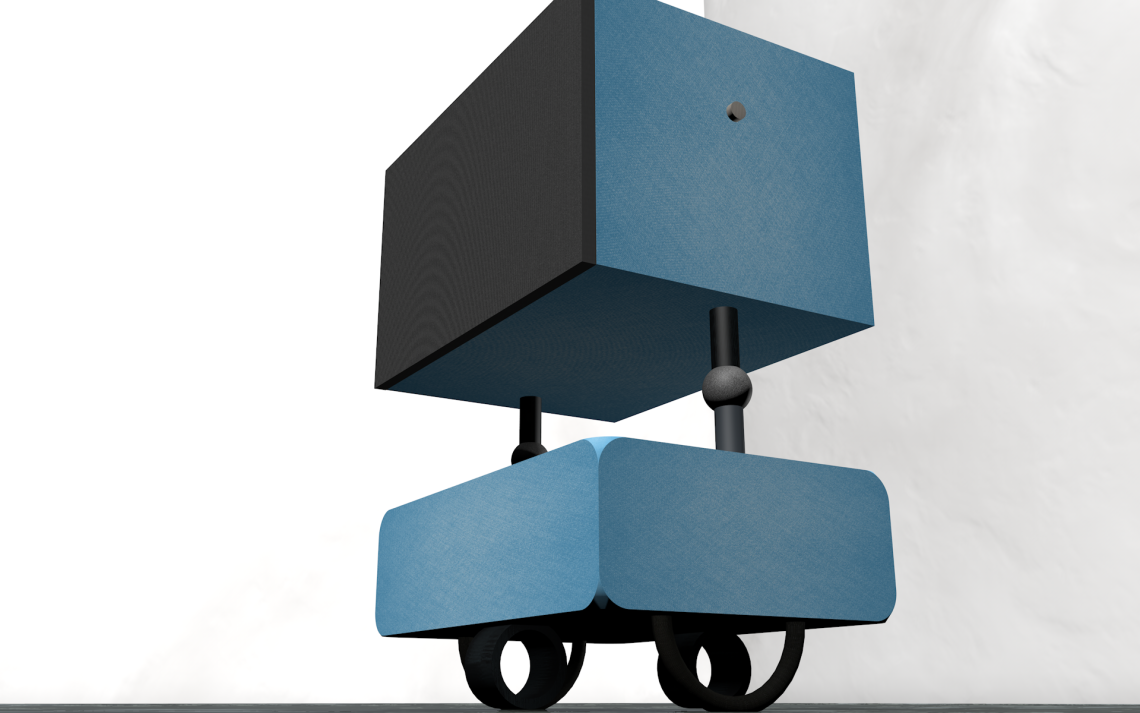
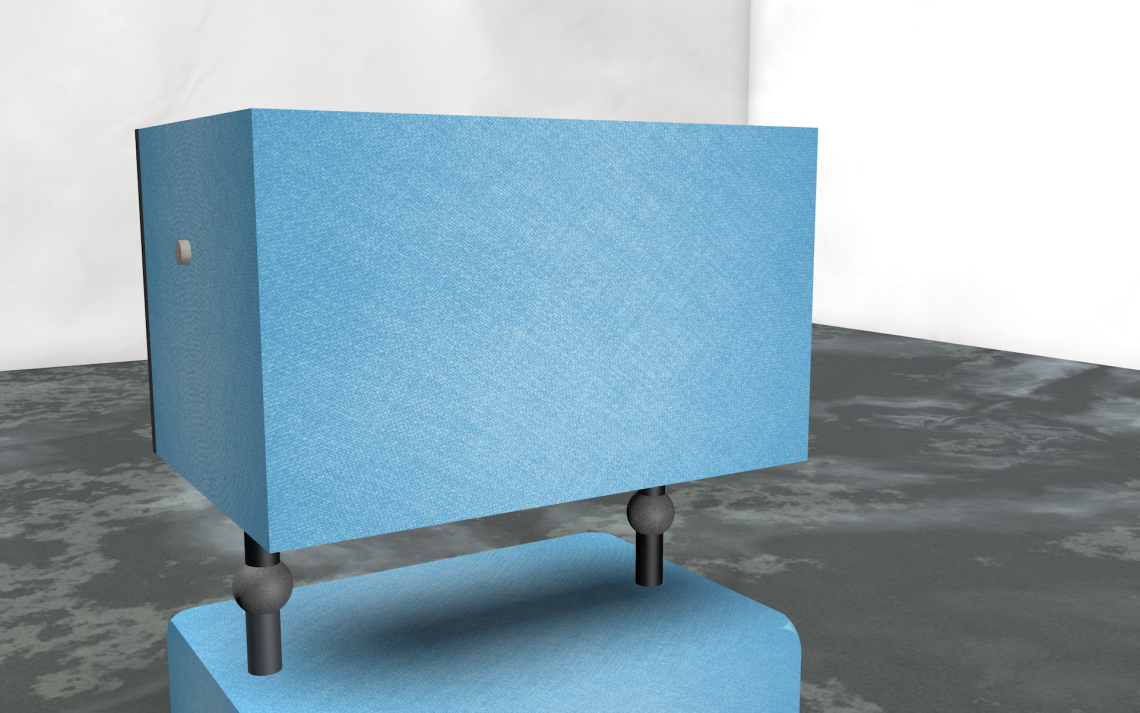
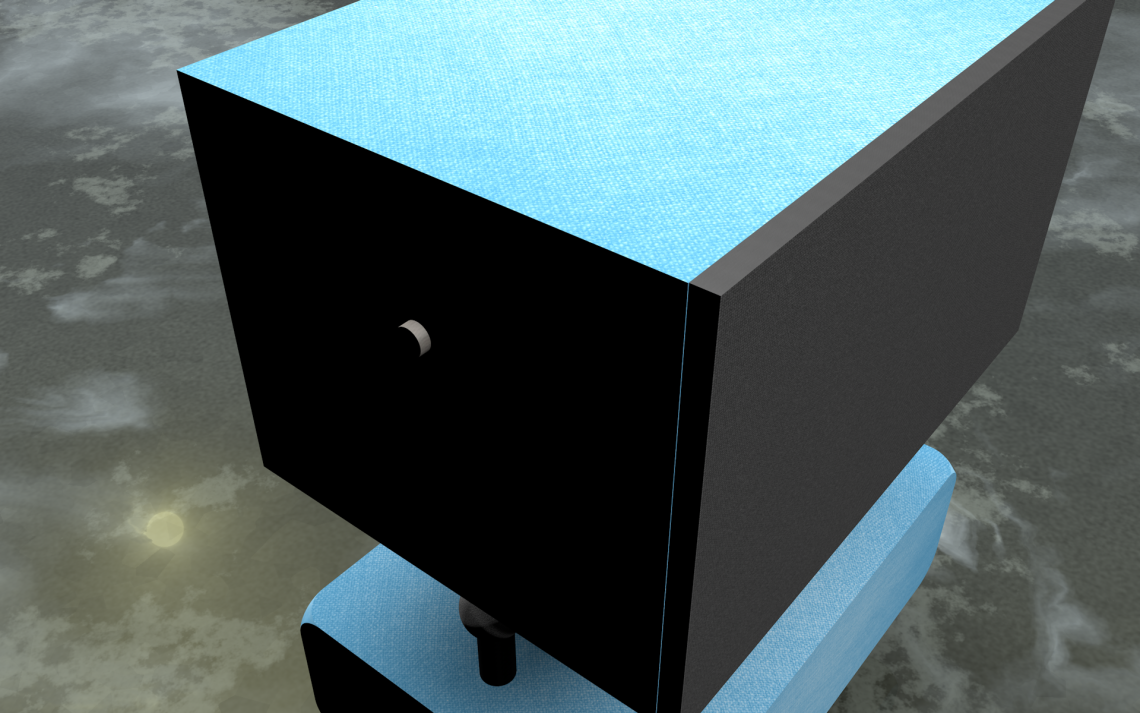
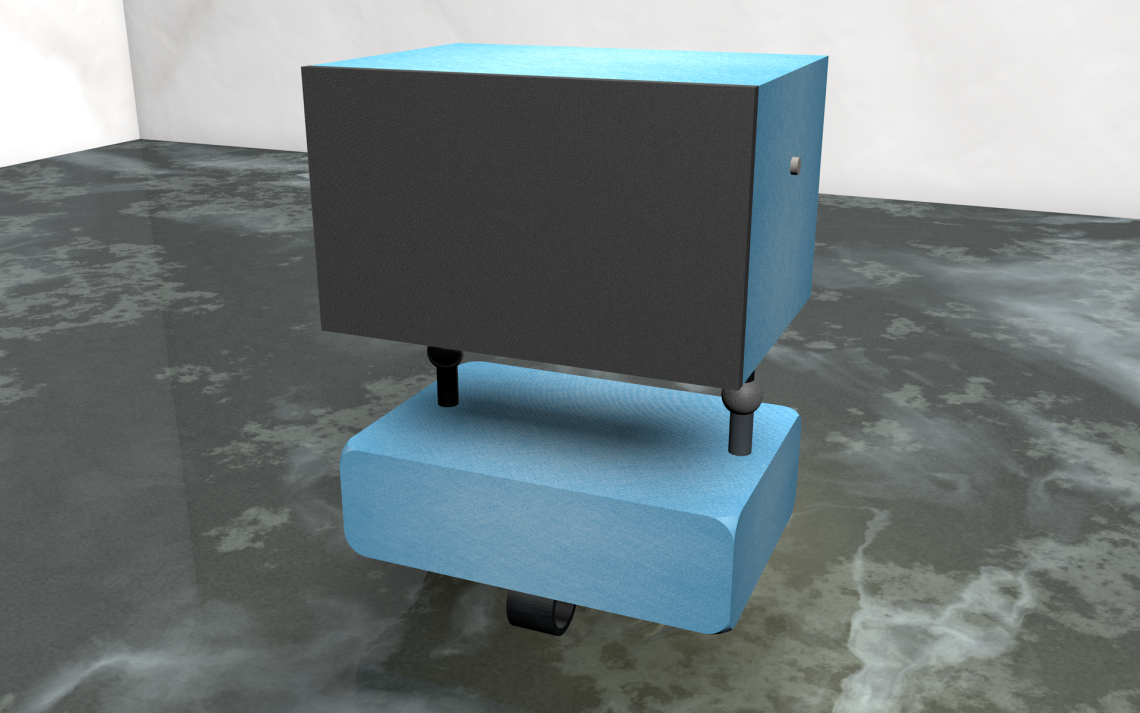
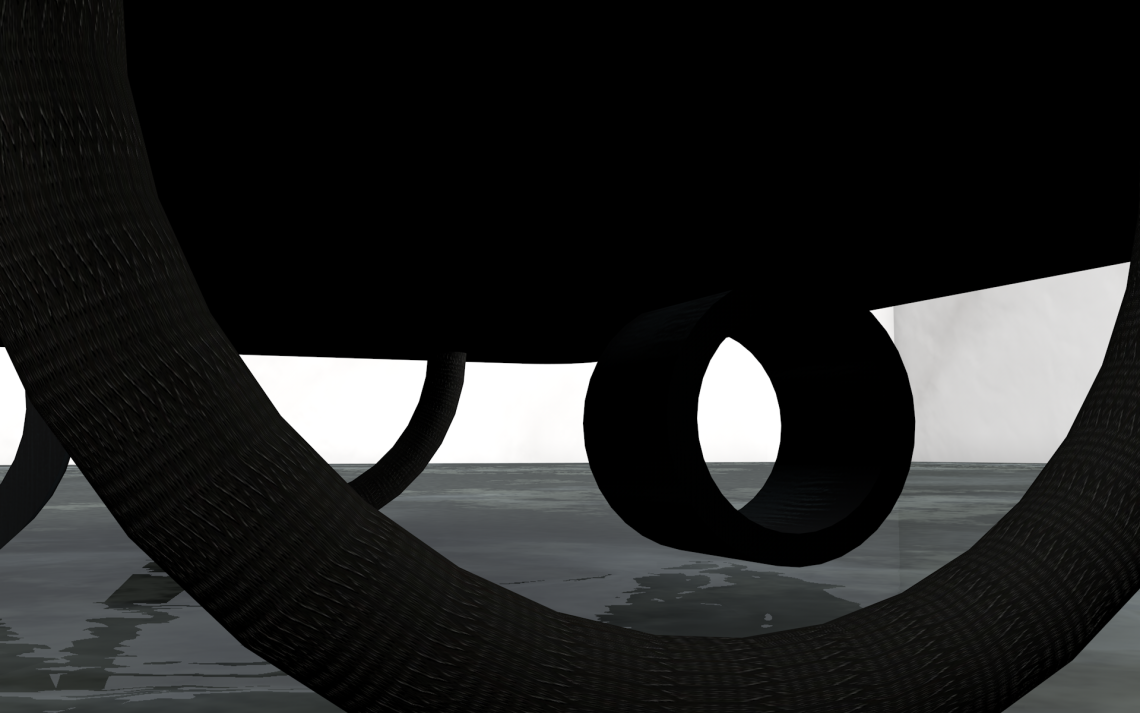
Test Animations
“Wake up”
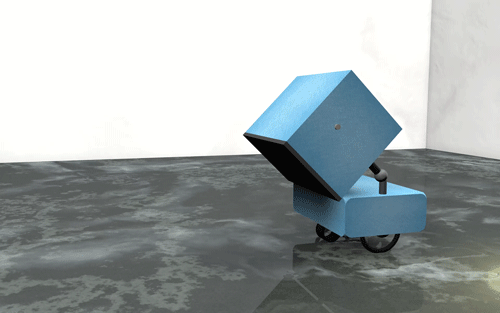
Reinvention
My original idea, while something I wished (and still do wish) to pursue, the time constraint was having none of it. Axing the maneuverability aspects of the piece, including the wheels, ‘neck’, and sound sensors proved to dramatically shift the piece away from its initial idea, sketch, and modeled phases.
So, obviously work had to be done.
New Plan / Original Idea REWORKED
Alright, so new idea. I wanted to stick with somewhat of the same idea, though with only the screen and box of my original plan left in my arsenal it wasn’t looking too good. Brain Blast: What’s more retro than simplicity? A box and a screen is pretty simplistic, isn’t it? Of course, I was to replace the speech and sounds of the old version with text on another display and the sound sensing with sight sensing. Shoutout to the 16×2 LCD Display and Ultrasonic Sensor!
The Long, Long Road to Completion
Stuck with a screen and box, the first thing I toyed with was forcing an image onto a television screen in lieu of the 3-inch screen that I didn’t have. Truth be told, I did have a screen. I had two that didn’t work worth squat, so I was waiting for a third to be shipped.
It turns out that the Arduino is very hard pressed to handle images on its own: That’d be where the TVOut library came in pretty handy. Originally used in tandem with the Video Game Shield to play clones of Tetris and whatnot, I figured that repurposing it for my own use was my best bet. My only bet at that.
Pictures and Videos (In order of Completion)
